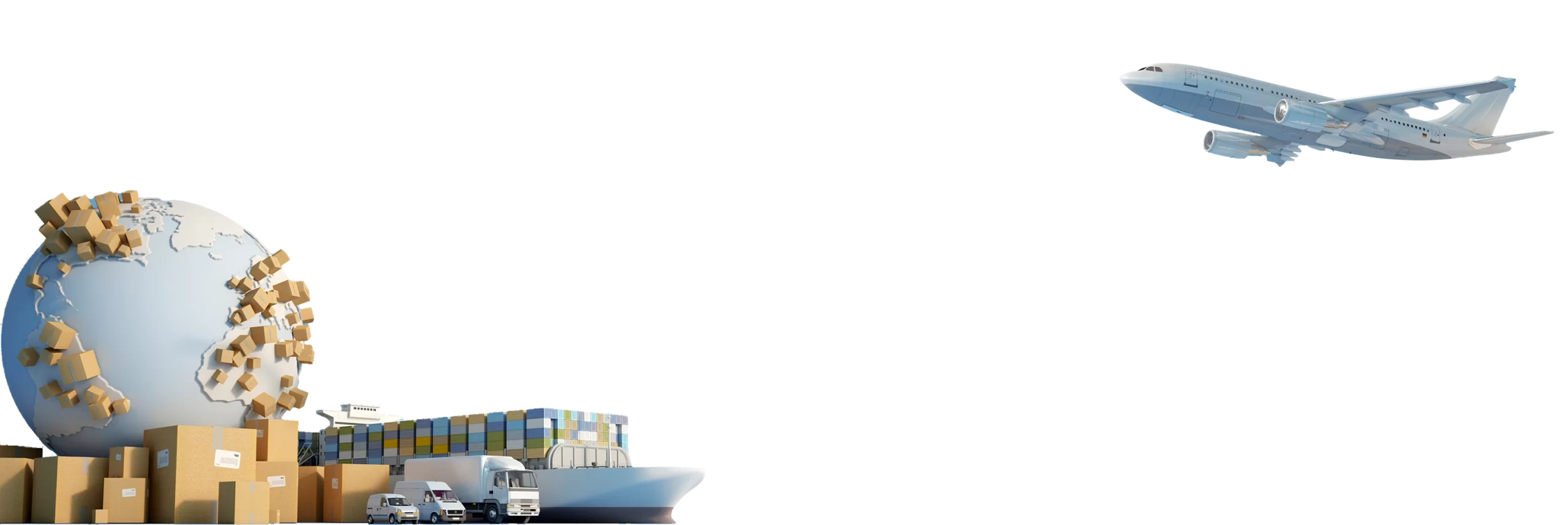Moving across the world can be an exhilarating yet daunting endeavor, especially when it comes to transporting delicate items like vinyl records. Drawing upon insights from seasoned relocation experts, this guide on how to pack records for moving offers invaluable strategies for safely packaging and transporting records. With these record-moving tips, you’ll ensure they withstand the rigors of long-distance travel and arrive ready to spin in their new home.
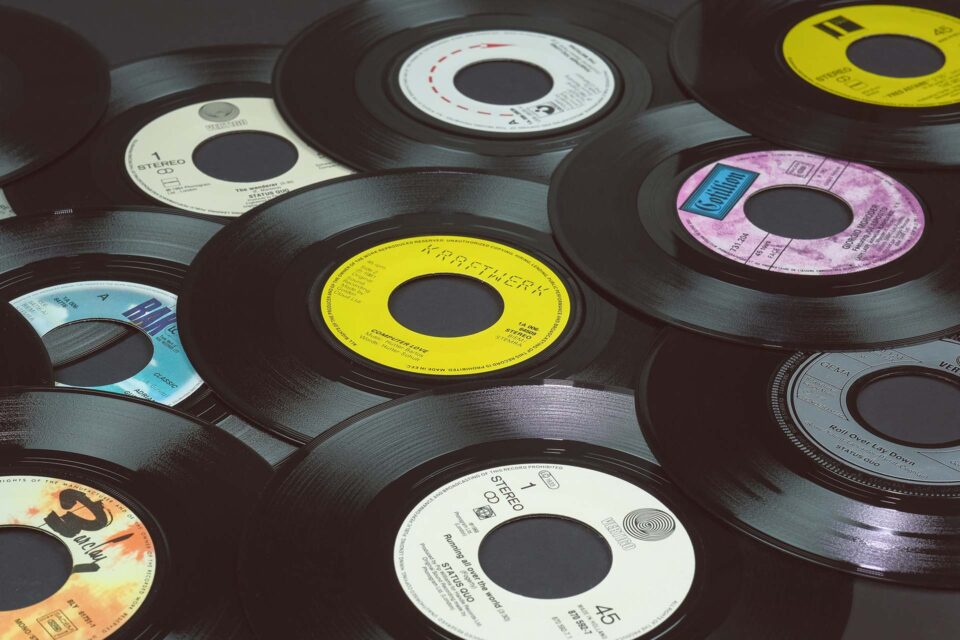
How to Pack Records for Moving Internationally
Record collection relocation entails meticulous steps to ensure their safety. Clean them thoroughly, utilize inner sleeves and outer protectors, and stack them strategically in sturdy boxes. Secure boxes with tape and labels for easy identification. Consider hiring professional movers for efficient handling. By prioritizing proper packing techniques, you can safeguard the cherished collection and ensure it arrives at its destination unharmed, starting a new life abroad with familiar tunes.
Knowing the Vulnerabilities of Records During Relocation
Moving records across the world presents unique challenges due to their inherent vulnerabilities. Records, often made from materials like vinyl or shellac, are susceptible to damage from various factors such as temperature fluctuations, humidity, pressure, and physical impact. Understanding these vulnerabilities is crucial for ensuring safe transport of vinyl records.
The Risks – Why Records Need Special Attention
Records face numerous risks during relocation that necessitate special attention. Physical mishandling can result in scratches, warping, or even breakage, compromising the integrity of the music stored on them. Additionally, exposure to extreme temperatures or high humidity levels can cause warping or mold growth, rendering the records unplayable.
Furthermore, inadequate packaging can lead to shifting and compression during transit, exacerbating the risk of damage and relocation mistakes. Given these potential hazards, it’s essential to prioritize careful handling and proper packaging to mitigate the risks associated with moving abroad.
Take Material Sensitivity Into Account
Vinyl and shellac, the primary materials used in record production, exhibit distinct sensitivities that must be considered during relocation. Vinyl records, composed of polyvinyl chloride (PVC), are prone to warping under high temperatures, making them particularly vulnerable during transit.
Conversely, shellac records, crafted from a mixture of shellac resin and filler material, are more susceptible to damage from humidity and physical stress. Moreover, both materials are sensitive to pressure, which can result in groove damage or surface imperfections if not handled with care. Understanding the unique properties of these materials is essential for implementing appropriate packing techniques to safeguard records during their journey across the world.
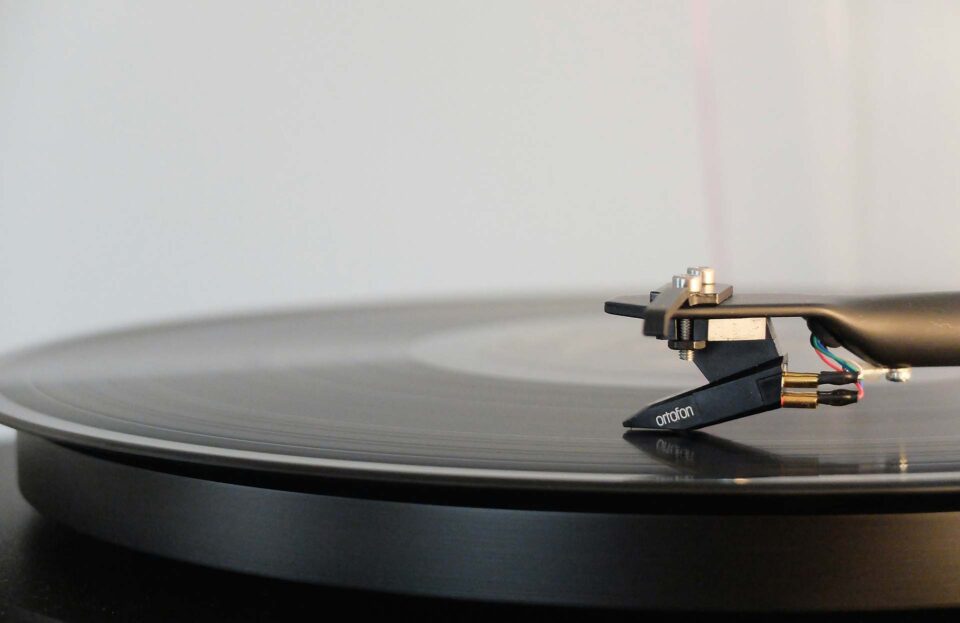
Pre-Move Preparation – Getting Records Ready
Before embarking on the journey of long-distance record moving, it’s imperative to adequately prepare records to ensure their safe move across the world. This involves a series of meticulous steps designed to protect the collection and minimize the risk of damage during transit.
Cleaning – A Crucial First Step in How to Move Vinyl Records
Cleaning is an essential step before you start packing. Dust, dirt, and other contaminants can accumulate on the records’ surface over time, potentially compromising their sound quality and causing playback issues. Utilizing a gentle cleaning solution and a soft, lint-free cloth, carefully remove any debris from the grooves of each record.
Inspect Each Record for Pre-Existing Damage
Thoroughly inspecting the collection for pre-existing damage is another crucial aspect of pre-move preparation. Examine each record carefully, paying close attention to the condition of the vinyl or shellac, as well as the integrity of the grooves and labels. Look for signs of warping, scratches, cracks, or any other abnormalities that could impact their playability or susceptibility to further damage during transit.
Document any pre-existing damage you find, either through written notes or photographs, to facilitate insurance claims in the event of loss or damage while relocating abroad. By identifying and addressing pre-existing damage upfront, you can take proactive measures to protect the collection and minimize the risk of additional harm during their journey across the world.

Choosing the Best Materials for Record Packing
Selecting the appropriate packing materials is paramount when preparing to move record collections across the world. The right materials are not only crucial for protecting records during transport but also help maintain their integrity throughout the relocation process. From inner record sleeves for moving to outer protectors and sturdy boxes, each component plays a crucial role in safeguarding and preventing things from breaking.
Inner Sleeves and Outer Protectors – The First Line of Defense
Inner sleeves and outer protectors serve as the first layer of protection for records. Inner sleeves, typically made from materials like polyethylene or paper, provide a protective barrier between the record and its outer jacket, preventing scratches and abrasions.
Additionally, outer protectors, such as polypropylene or PVC sleeves, offer an extra layer of defense against moisture, dust, and handling wear. By investing in high-quality inner sleeves and outer protectors, you can mitigate the risk of surface damage and ensure that vinyls remain in pristine condition throughout the entire relocation process.
The Best Boxes for Moving Vinyl Records – Size and Material Matters
Choosing the right boxes for record moving is essential to ensure proper protection and organization for the move. Opt for sturdy, corrugated cardboard boxes specifically designed for record storage and transportation. These boxes are available in various sizes to accommodate different record formats, including LPs, singles, and 78s. When selecting boxes, prioritize those with double-walled construction for added durability and strength.
Additionally, consider reinforcing the boxes with packaging tape along the seams and edges to prevent splitting or damage during transit. If you’re moving on a low budget, you can find free boxes on sites like Craigslist. By selecting the appropriate box size and packaging material, you can securely pack vinyl records for moving for long-distance relocation, minimizing the risk of damage and ensuring they arrive safely at their destination.
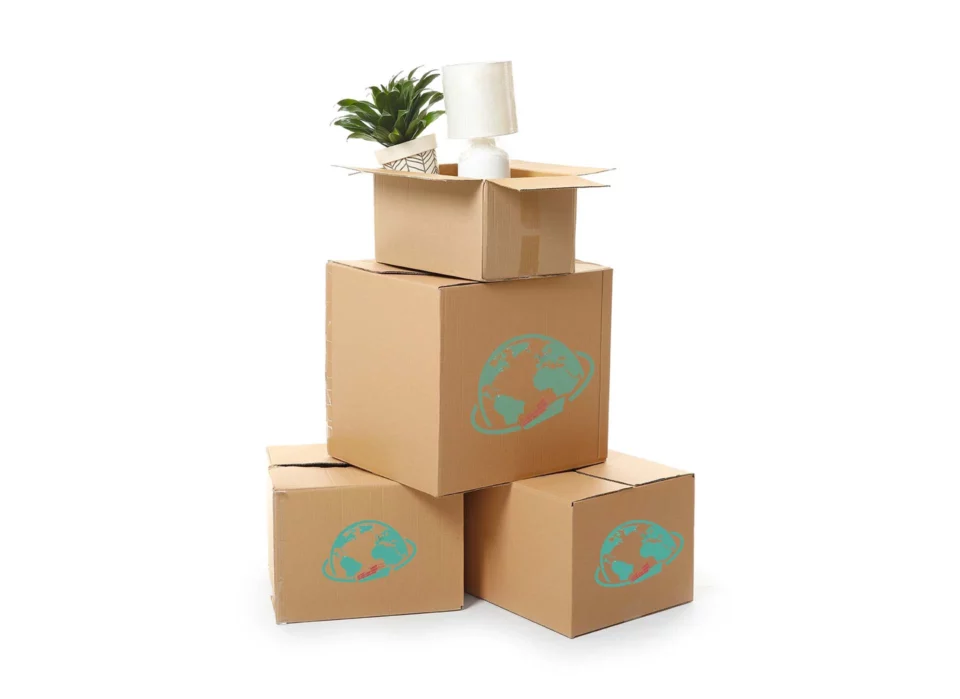
The Art of Packing Records for Moving – Step-by-Step Guide
Mastering the art of how to pack vinyl records for moving overseas is essential for ensuring their safe shipping overseas. With careful attention to detail and proper technique, you can protect them from damage during the relocation process.
Correct Placement of Records in Sleeves
When it comes to vinyl record packing, it’s crucial to ensure correct placement within their sleeves. Slide each record gently into its inner sleeve, taking care to avoid touching the grooves to prevent oils or debris transfer. Ensure the record is centered within the sleeve and that the sleeve fully covers the vinyl or shellac surface. Properly sleeving records not only protects them from scratches and dust but also facilitates smooth removal and insertion during playback.
Strategically Stacking Records in Boxes
Strategically stacking records in boxes is key to preventing damage during transit. Begin by placing heavier items, such as box sets or 78s, at the bottom of the box to provide a stable foundation. Then, arrange standard LPs and singles vertically, standing them upright side by side to minimize shifting and compression.
Fill any gaps with packing materials, such as bubble wrap or foam peanuts, to prevent movement within the box. Avoid overpacking boxes to the point of bulging, as this can increase the risk of damage.
Securing the Boxes - Tapes and Labels
Securing boxes with tapes and labels is the final step in the packing process. Use high-quality packaging tape to seal the top and bottom seams of each box securely, reinforcing the corners and edges for added strength. Label each box clearly with its contents, indicating the record format and any fragile items.
Additionally, mark boxes with directional arrows to denote the upright position for proper handling. Properly secured and labeled boxes not only facilitate efficient unpacking but also help movers handle records with care during transit.
Special Considerations for International Moves
Moving records across international borders introduces additional challenges that require careful consideration to preserve their condition during transit. From temperature and humidity control to handling and transportation best practices, understanding these special considerations is essential for ensuring the records’ safe relocation.
Temperature and Humidity Control
International moves often involve exposure to varying climates and environmental conditions, making temperature and humidity control paramount for preserving record quality.
Extreme temperatures can cause vinyl records to warp or shellac ones to crack, while high humidity levels may promote mold growth or moisture damage.
To mitigate these risks, consider investing in storage with climate control for records or transportation options.
Additionally, pack them in moisture-resistant materials and monitor environmental conditions throughout the journey to minimize the impact of temperature and humidity fluctuations.
By prioritizing temperature and humidity control, you can protect them from irreversible damage and ensure they arrive in optimal condition at their destination.
Handling and Transportation – Best Practices
Proper handling and transportation practices are critical for safeguarding records during international moves. Ensure records are packed securely in sturdy boxes with adequate padding to prevent shifting or impact damage. Use caution when loading and unloading boxes to avoid dropping or mishandling fragile items.
If hiring an overseas shipping company, communicate the collection’s fragility and provide clear instructions for handling. Consider purchasing insurance coverage for added protection against loss or damage during transit.

Unpacking and Setting Up Records Post-Move
After completing the journey of relocating the music collection across the world, the next crucial step is unpacking and setting it up in the new home. This phase requires careful attention to detail to ensure it’s safely unpacked and organized for enjoyment in its new environment.
Start With a Thorough Inspection After the Move
Upon arrival, it’s essential to inspect each record carefully for any signs of damage incurred during transit. Examine the vinyl or shellac surfaces for scratches, warping, or cracks, and check the integrity of the inner sleeves and outer protectors.
If any record exhibits damage, document it promptly for insurance purposes and prioritize repairs or replacements as needed. By conducting a thorough inspection, you can address any issues promptly and preserve the collection’s quality.
Tips for Organizing Records
Organizing the collection at the new location is an exciting opportunity to curate and display it in a way that suits your preferences and lifestyle. Arrange records alphabetically by artist or genre for easy browsing, or categorize them chronologically to explore music history. By thoughtfully organizing, you can enhance accessibility and enjoyment while preserving their condition for years to come in their new home.
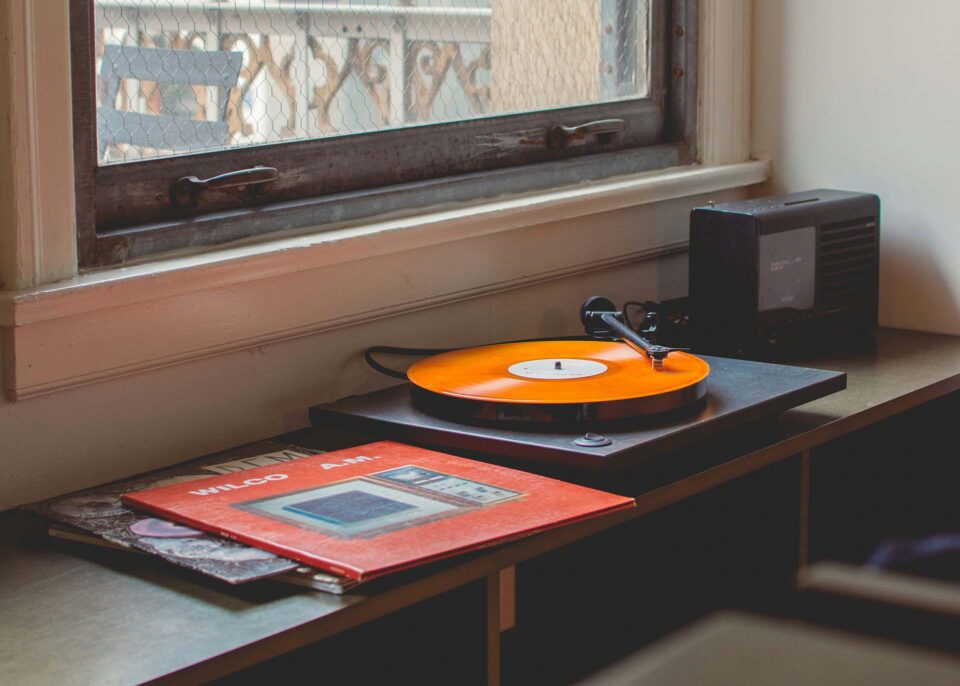
Hiring Movers Will Speed Up the Process and Make it Safer
Hiring professional movers can not only significantly expedite the process of relocating records, but it can also make the move easier. An international moving company knows the best way to move vinyl records and possesses the necessary expertise and equipment to efficiently pack, transport, and unload them, minimizing the risk of damage or loss along the way.
Overseas Vehicle Shipping
When it comes to relocating your car, there is a way to do it that won’t cause a headache.
Read MoreStorage Service
Organizing an international move can be a nightmare if you don’t have a professional relocation company to help you with the overseas shipping of your entire household inventory.
Read MoreMoving Insurance
When you start planning an international relocation, you will face many challenges – organizing a move abroad is never easy.
Read MoreTheir proficiency in packing services and handling delicate items ensures that your collection is carefully safeguarded throughout the entire relocation process. Moreover, entrusting the task to an overseas moving company frees up your time and energy, allowing you to focus on other aspects of the move while having peace of mind.
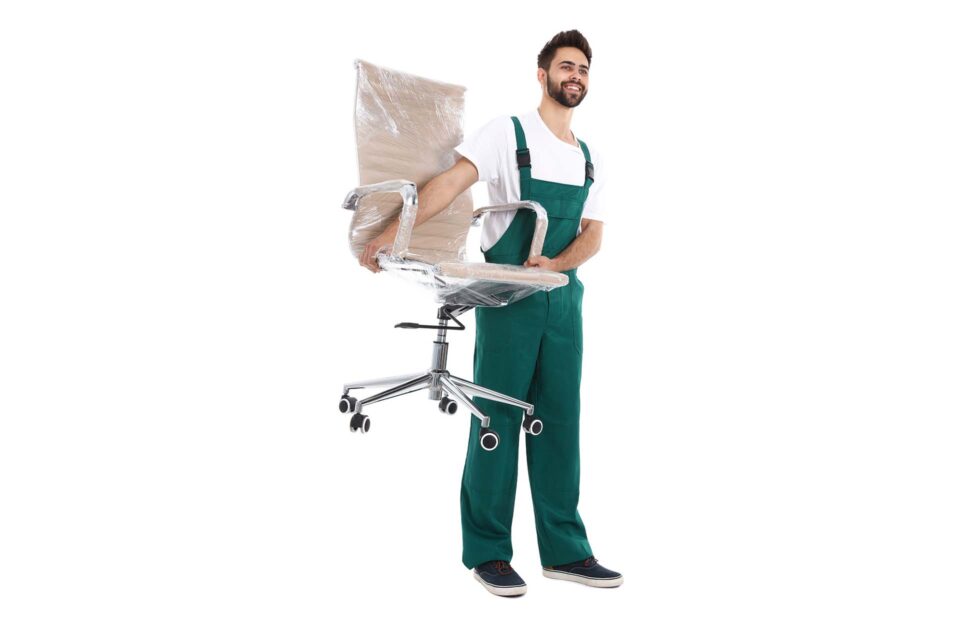
Harmonizing the Move – Safeguarding Your Melodies Across Continents
Transporting records across the world requires careful planning of the move, attention to detail, and consideration of various factors to ensure a smooth and efficient move. Ultimately, with thorough preparation and diligence, your collection can make the journey across the world safely and arrive ready to be enjoyed in their new home.
However, if you want to avoid unnecessary relocation stress and ensure everything arrives at the new home without a scratch, contact us at My International Movers and allow our team to transport your music either by sea or by air freight. Our movers know the best way to pack vinyl records for moving and will make sure you can play the favorite tunes abroad just like before.
Frequently Asked Questions
How Should I Clean My Records Before Packing Them for a Move?
Before packing, clean them using a gentle record-cleaning solution and a soft, lint-free cloth. Ensure thorough removal of dust and debris to prevent contamination during transit.
What Is the Ideal Temperature and Humidity for Transporting Records?
The ideal temperature ranges between 50°F to 70°F (10°C to 21°C), with humidity levels around 30% to 50%. Maintaining stable environmental conditions helps prevent warping, mold growth, and other forms of damage.
Can I Stack Records Flat in a Box When Moving?
It’s not recommended to stack them flat in a box when relocating, as this can lead to warping and damage. Instead, stack them vertically on their edges to minimize pressure on the grooves and ensure proper support.
What Are the Risks of Moving Your Collection Without Proper Sleeves?
It can lead to scratches, abrasions, and contamination, compromising their playability and overall condition. Sleeves provide a protective barrier against damage during handling and transportation.
What Should I Do if I Find Damage on a Record After Relocating?
If you discover damage on a record after relocating, document it promptly for insurance purposes. Depending on the extent of the damage, seek professional repair services or replace the damaged record to preserve your collection’s quality.

